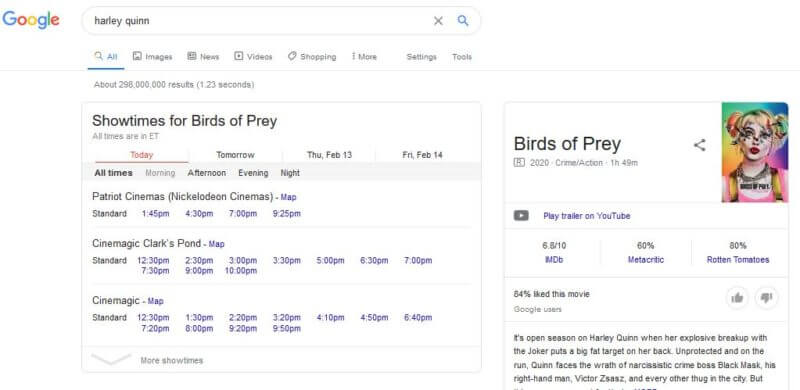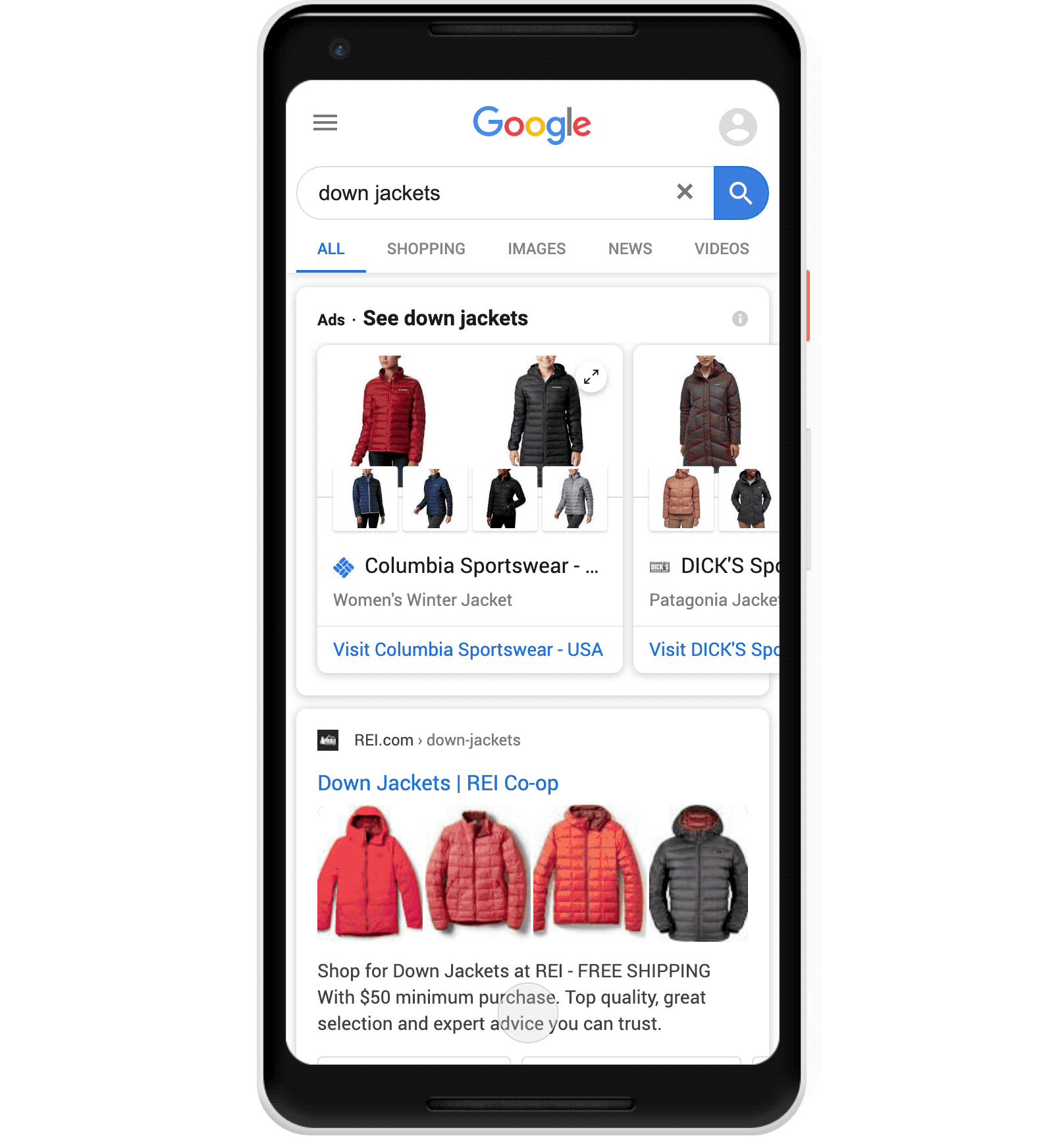New analysis from market research firm FocusVision shows that the average B2B buyer consumes 13 pieces of content before making a purchase or signing a contract.
That finding and more comes from a large survey of executives at companies with at least 500 employees and $50 million in annual revenue. Additionally the participating companies had purchased a marketing technology solution within the past year.
What Content Do B2B Buyers Consume?
Of the 13 pieces of content that B2B purchasers explore, the majority (8) tend to be marketing pieces delivered directly from the company, while the other five consisted of third-party content.
The content also takes a wide range of shapes, including video, blog posts, reviews, customer testimonials, and market analysis.
The B2B Purchasing Journey Through Content
FocusVision’s report suggests it takes an average of two to six weeks and three or four internal decision makers for B2B buyers to make the big decision. Much of this time is spent researching by connecting with content that might inform their purchase.
When asked how they found content, the majority said they found it directly on a vendor’s website or through search and social media.
The complete responses were:
- Directly through vendor website — 70%
- Internet search — 67%
- Social media — 53%
- Sent to me via email — 41%
- Word of mouth — 33%
The study also identified four unique buying stages with specific types of content present during each phase:
- Understanding the problem
- Looking at vendors
- Short-listing
- Final decision

The most useful types of content according to B2B buyers were
- Product specifications and functionality — 67%
- Product comparisons — 65%
- Product success stories — 60%
- Content specifically showing value to internal stakeholders — 54%
- Product tutorials — 49%
- Troubleshooting and problem solving — 48%
Notably, the study found some variance in how companies with higher revenues used content to inform their decisions. Those with revenues above $250 million tended to rely more on third-party content and market analysis, rather than first-party content.
What This Means For You
If you provide products or services to other businesses, the findings make it clear that content is essential for marketing your brand to other professionals. Without it, influential buyers may not hear about your product or have enough details to make an informed decision.








